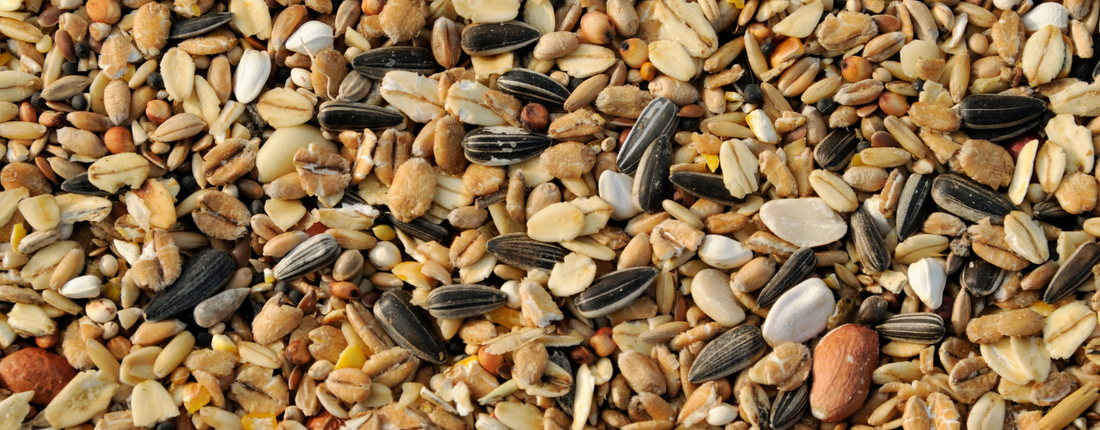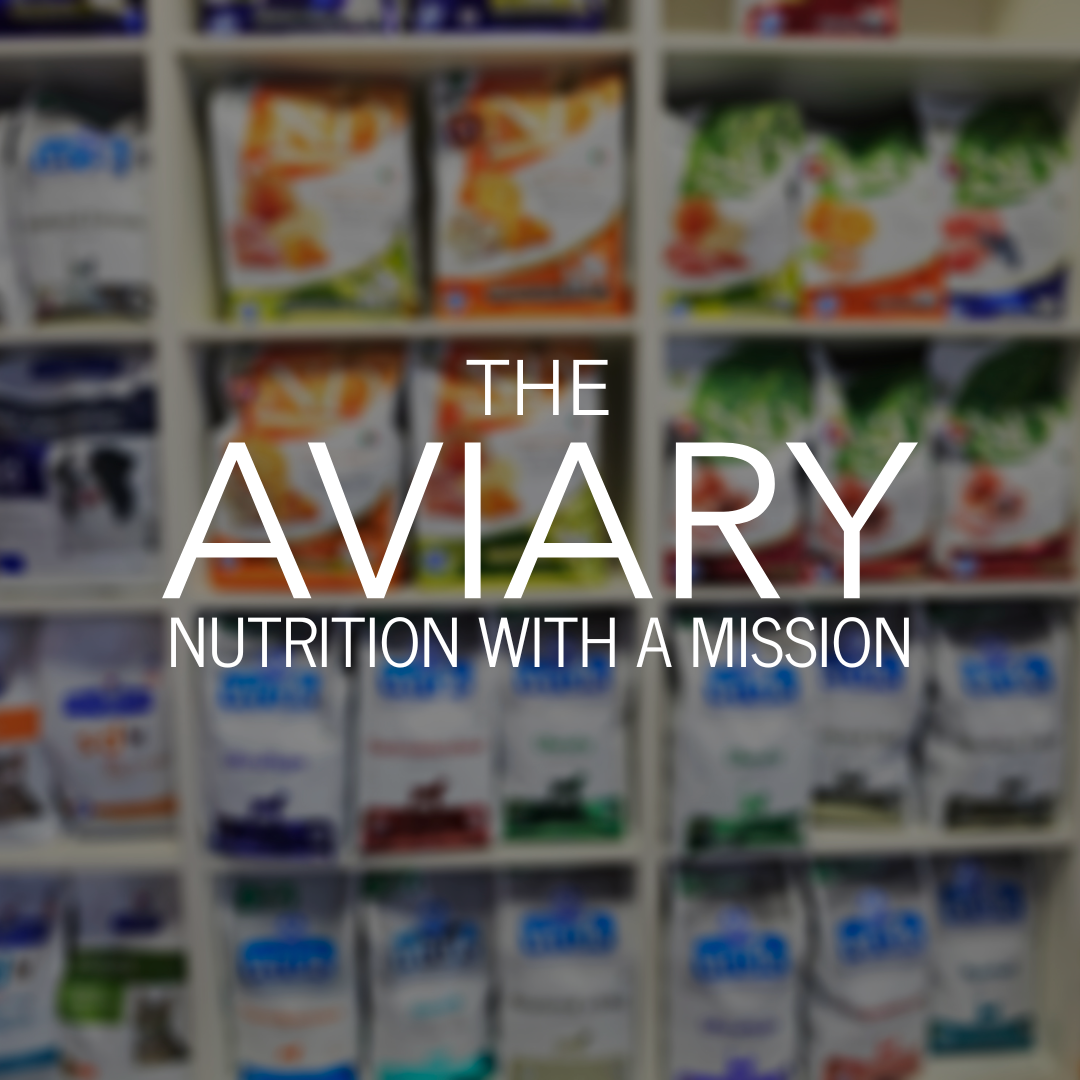
Seeds vs. Pellets vs. Fresh Food: What’s Really Best for Your Parrot?
If you’ve ever stood in the pet shop aisle staring at giant bags of seed mix, colourful pellets, or fancy-looking parrot food and felt totally confused, you’re not alone. It’s one of the most common things I get asked about, what should I actually be feeding my bird?
The truth is, there’s no one-size-fits-all answer. But there is a general rule that works for most parrots: start the day with fresh, raw food and end the day with something dry and higher in calories. Whether that dry option is seeds or pellets depends on your bird, but mixing both into the same bowl? Not ideal, and here’s why.
The Problem With Cheap Seed Mixes
Let’s start with seeds, because they’re often the go-to for new parrot owners. Pet shop shelves are full of massive bags of seed mix with parrots on the front. They’re cheap, they look familiar, and they claim to be “complete.” But in reality, these mixes are usually full of junk.
Most commercial seed blends are absolutely loaded with sunflower seeds and peanuts, two of the fattiest, least balanced options for a parrot’s everyday diet. They’re addictive, high in omega-6 fats, and they don’t offer enough variety or nutrients to keep your bird healthy long-term. Birds often pick out their favourites (usually the worst bits) and leave the rest behind.
That’s not to say seeds are bad. They’re not. In fact, soaked or sprouted seeds are incredibly nutritious. Even dry seeds can be part of a healthy routine, as long as the mix is high quality, diverse, and used in the right context.
What About Pellets?
Pellets were designed to solve the problem of seed-based diets. They aim to offer a complete, balanced meal in every bite. Sounds good, right? And for many parrots, a good pellet is a great addition to a varied diet.
But here’s the catch: not all pellets are created equal.
Some are basically crushed-up seeds and grains with synthetic vitamins sprayed on. Others are brightly coloured, full of sugar, and loaded with mystery ingredients. These are the ones I avoid.
What you want to look for is a cold-pressed pellet that’s nutrient-dense, low in fillers, and not full of seed oils or artificial colours. It should smell natural and earthy, not like plastic or candy. Tops and Harrison’s are two well-known examples, but there are others too, depending on where you’re based.
Pellets can be helpful, but they should never be seen as a replacement for fresh food, and they definitely shouldn’t be mixed with seeds in the same meal.
Why You Shouldn’t Mix Seeds and Pellets
Seeds and pellets are essentially the same thing in different forms. Feeding both at the same time can overload your bird with too much fat and too many calories. Pick one or the other at a meal time, but make sure you're selecting a high quality seed mix or pellet.
It’s better to choose one or the other for the dry portion of the day, and serve it separately from fresh food. That way, you’re giving your bird the best chance to get the most out of each part of their diet.
Fresh Food: The Non-Negotiable
No matter which dry food you go with, fresh food should be part of every parrot’s daily routine. I recommend starting the day with a fresh meal of raw chopped vegetables, herbs, and a small amount of soaked or sprouted seed. Some parrots do well with a little fruit, others don’t need any very often, especially if they’re hormonal or prone to energy spikes.
This morning meal fuels their body and brain for the day, supports gut health, and mimics the foraging they’d be doing in the wild.
Then in the evening, I offer a dry meal, either a portion of pellets OR a high-quality seed mix paired with a dry mix like our Soothing Dry Mix blend. This helps them wind down, keeps things balanced, and encourages a nice, healthy crop emptying overnight.
Final Thoughts
Feeding parrots isn’t about finding the one perfect food. It’s about creating a routine that’s varied, natural, and nutritionally sound. Fresh food in the morning. Dry food in the evening. Avoiding sunflower-heavy seed mixes and sticking to high-quality pellets or seeds, not both at once.
That rhythm alone can make a huge difference to your parrot’s mood, energy levels, feather condition, and long-term health.
If you’re looking for dry mixes that support this kind of routine, have a look at our Soothing Seed Mix and Soothing Dry Mix. Both are free from sunflower seeds, packed with freeze dried veg, and designed to work alongside real, whole foods, not replace them.
Got questions about what to feed your parrot? Drop them in the comments, I’m always happy to help.
